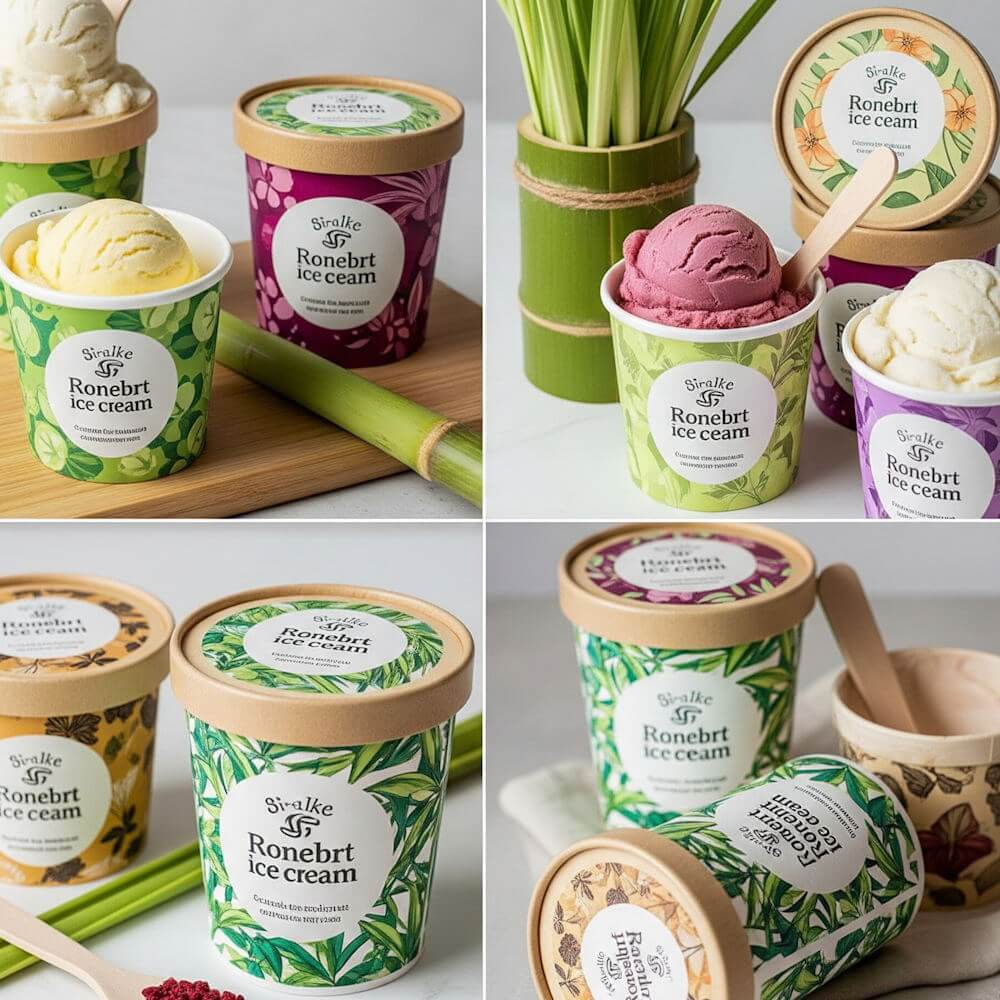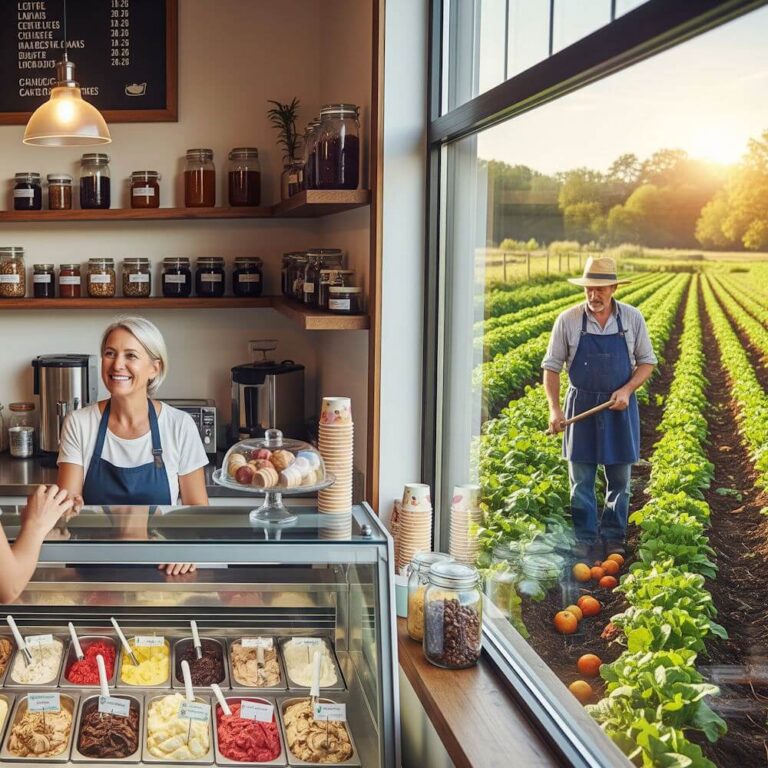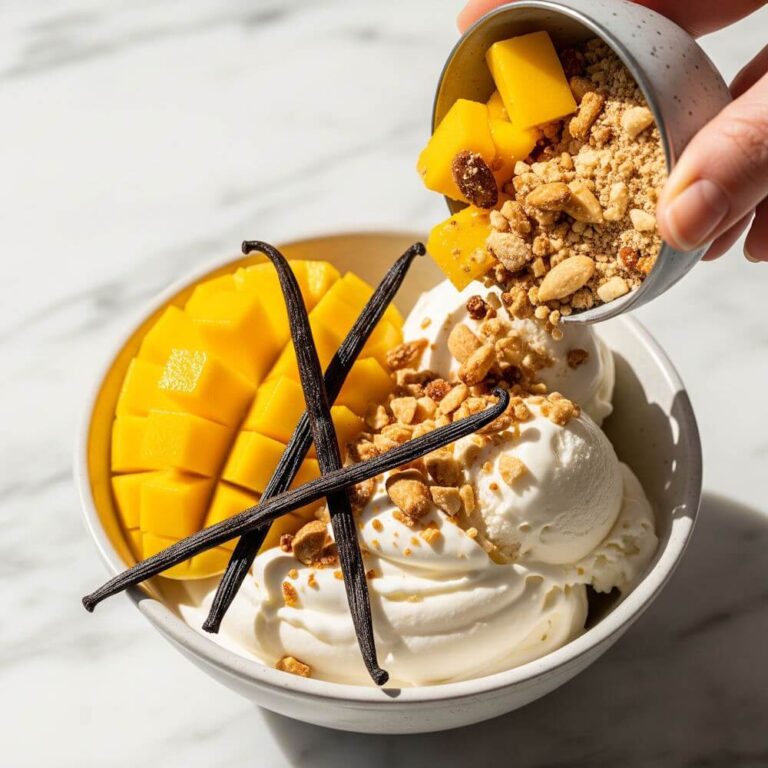Introduction to Plastic Pollution
Plastic pollution has emerged as one of the most pressing environmental issues of our time. As societies around the globe continue to produce and consume vast amounts of plastic, the detrimental effects of plastic waste on ecosystems, wildlife, and human health have become increasingly apparent. The sheer volume of plastic debris, particularly in marine environments, has drawn attention to the urgency of addressing this crisis.
Every year, millions of tons of plastic enter our oceans, where they break down into microplastics that are ingested by marine life. These microplastics pose significant health risks, not only to aquatic organisms but also to the humans who consume seafood, as toxins can accumulate in the food chain. Additionally, large plastic items, such as bottles and bags, entangle and injure countless marine animals, leading to suffering and death. Such incidents underscore the urgent need for initiatives aimed at reducing plastic waste.
Single-use plastics, in particular, have become a significant contributor to the plastic pollution crisis. Items like straws, utensils, and food packaging are commonly discarded after just one use, leading to an exponential increase in plastic waste. The persistence of plastic materials in the environment, which can take hundreds of years to degrade, further exacerbates the problem of plastic pollution. As these materials accumulate in landfills and natural environments, they not only cause physical harm but also release harmful chemicals into the soil and atmosphere.
Given the extensive impact of plastic pollution, transitioning to eco-friendly alternatives is essential. By adopting sustainable practices, such as utilizing biodegradable or recyclable materials in packaging, we can significantly mitigate this environmental crisis. This necessity is especially relevant in industries such as ice cream production, where packaging plays a pivotal role in overall waste contribution. Addressing plastic pollution through innovative packaging solutions is vital for a healthier planet.
The Importance of Sustainable Packaging
Sustainable packaging plays a crucial role in the broader conversation surrounding environmental conservation and waste reduction. In recent years, the proliferation of plastic waste has led to urgent calls for change across various industries, particularly in food production and distribution. Eco-friendly packaging, such as biodegradable materials or recyclable alternatives, not only reduces the reliance on traditional plastic but also aligns with a growing consumer demand for sustainable practices. By adopting environmentally friendly options, businesses can significantly contribute to lowering plastic waste levels, which currently constitute a major threat to marine and terrestrial ecosystems.
Furthermore, consumers today are increasingly conscious of the environmental impact of their purchases. They are more likely to support brands that demonstrate a commitment to sustainability. This shift in consumer behavior creates an opportunity for businesses to enhance their brand image and foster customer loyalty by transitioning to sustainable packaging solutions. As businesses strive to meet these changing expectations, they increasingly find that eco-friendly packaging not only appeals to environmentally minded consumers but can also serve as a distinct competitive advantage in the marketplace.
Beyond the environmental impact, sustainable packaging plays an essential role in maintaining food safety and quality. Many innovative alternatives to plastic provide reliable barriers against moisture and contaminants, ensuring that products remain fresh while simultaneously being more environmentally friendly. For instance, plant-based materials can effectively safeguard ice cream integrity during storage and transportation, competing with conventional packaging in both performance and safety.
In conclusion, focusing on sustainable packaging not only contributes to the reduction of plastic waste but also aligns businesses with consumer preferences and needs, while ensuring that food products remain safe and of high quality. The importance of making this shift cannot be understated, as it represents a significant step towards a more sustainable future.
Types of Eco-Friendly Ice Cream Packaging
As the demand for sustainable practices increases in the food industry, ice cream manufacturers are seeking innovative ways to reduce their environmental footprint through eco-friendly packaging. There are several options available, each designed to minimize harm to the planet while preserving the quality of the product.
One prominent choice is biodegradable containers. These containers are typically made from materials like plant-based plastics derived from renewable resources such as corn or sugarcane. Unlike traditional plastics, which can take centuries to decompose, biodegradable options break down more quickly in composting environments, reducing landfill waste significantly. Such containers not only serve their purpose effectively but also contribute positively to soil health once decomposed.
Another viable alternative is compostable wraps. These wraps are crafted from materials that can be safely returned to the Earth, often made from cellulose or other organic matter. When disposed of in a composting facility, compostable wraps can decompose fully, transforming into nutrient-rich compost without leaving harmful residues behind. This packaging method offers an eco-conscious option for wrapping ice cream products, ensuring minimal environmental impact.
Moreover, reusable tubs are becoming increasingly popular among consumers who are looking for sustainable solutions. Made from durable materials, such as stainless steel or recycled plastic, these tubs can be used multiple times, reducing the need for single-use packaging. By encouraging customers to return containers for refills or offering incentives for their reuse, ice cream brands can not only reduce waste but also promote a culture of sustainability.
In conclusion, the exploration of various eco-friendly ice cream packaging types reveals a range of sustainable solutions that benefit both the environment and consumers. By opting for biodegradable containers, compostable wraps, and reusable tubs, ice cream manufacturers contribute to a greener future.
Considerations for Choosing Eco-Friendly Packaging Materials
In the pursuit of sustainable practices, selecting the right eco-friendly packaging materials for ice cream is paramount. First and foremost, it is essential to assess the source of the materials. Packagers should opt for renewable resources, such as plant-based plastics made from cornstarch or sugarcane, rather than traditional petroleum-based plastics. This transition not only reduces reliance on fossil fuels but also encourages the use of resources that can be replenished.
Another critical factor to consider is the production processes involved in creating these materials. Eco-friendly packaging should minimize energy consumption and waste generation. Manufacturers that implement sustainable practices, such as using renewable energy in production or employing closed-loop systems, tend to have a lesser environmental impact. Additionally, understanding how the materials break down or recycle at the end of their life cycle is crucial. Packaging that can either be composted or easily recycled reduces the burden on landfills and promotes a circular economy.
Certifications are also significant when evaluating eco-friendly packaging options. Third-party certifications, such as the Forest Stewardship Council (FSC) or the Biodegradable Products Institute (BPI), provide assurance that materials meet specific environmental standards. By prioritizing products with these certifications, ice cream manufacturers can make informed decisions that align with sustainability goals while also assuring consumers of their commitment to eco-friendly practices.
Ultimately, the goal is to strike a balance between functionality and environmental responsibility. When choosing packaging materials for ice cream, it is imperative to consider their full life cycle, from sourcing and production to disposal. Adopting eco-friendly practices not only benefits the planet but can also enhance brand loyalty as consumers increasingly prioritize sustainability in their purchasing decisions.
Innovative Packaging Solutions in the Ice Cream Industry
The ice cream industry is undergoing a significant transformation as companies seek to reduce their reliance on plastic packaging. Increasing environmental awareness among consumers has prompted innovation in packaging solutions that align with eco-friendly principles. Notably, the development of edible packaging is garnering attention, as it allows consumers to enjoy their ice cream without contributing to plastic waste.
Edible packaging can be made from various food-grade materials, allowing it to dissolve or be consumed alongside the product. This innovative approach not only eliminates traditional plastic but also enhances the overall experience of enjoying ice cream. Companies such as Unilever and its brands are exploring this concept as a viable alternative to conventional packaging, aiming to appeal to environmentally conscious consumers.
Another exciting trend in eco-friendly packaging is the use of alternative materials such as seaweed. Seaweed-based packaging is biodegradable and compostable, providing a sustainable solution that maintains the product’s integrity. This type of packaging can decompose in a matter of weeks, significantly reducing landfill contributions compared to conventional plastics, which can take hundreds of years to break down. Companies like Notpla are pioneering this movement, creating seaweed-derived packaging that is both functional and environmentally friendly.
In addition to these alternatives, some manufacturers are exploring biodegradable composite materials made from renewable resources. These composites can offer similar structural benefits to traditional plastics while being environmentally benign at the end of their lifecycle. The integration of technology in packaging design also plays a pivotal role, with advancements in polymer science enabling the creation of materials that are not only sustainable but also offer protection and insulation for sensitive products like ice cream.
The combination of creativity and technological innovation in packaging is vital for the ice cream industry’s transition toward a plastic-free future. As more companies adopt these innovative packaging solutions, the industry sets a precedent for others to follow in the pursuit of sustainability.
Tips for Consumers to Minimize Plastic Waste
As consumers become increasingly aware of the environmental impact of their purchasing decisions, it is essential to understand how to minimize plastic waste, particularly in the context of ice cream packaging. One effective strategy is to conduct thorough research on brands that prioritize sustainable practices. Many companies now provide transparency regarding their packaging materials, carbon footprint, and overall sustainability initiatives. By choosing brands that are committed to eco-friendly packaging solutions, consumers can significantly reduce their plastic consumption.
Another practical step is to seek out local artisan ice cream shops that focus on environmentally responsible production. These small businesses often prioritize the use of biodegradable or recyclable materials for their containers, helping to reduce the reliance on single-use plastics. Not only does patronizing these shops support local economies, but it also encourages traditional ice cream makers to adopt more sustainable practices. Engaging with the owners of these establishments about their sourcing and packaging choices can further promote awareness within the community.
Additionally, consumers can advocate for greener practices by expressing their concerns to larger corporations. Many companies appreciate customer feedback, and communicating the demand for eco-friendly packaging options can influence their business decisions. Whether through social media or direct communication, voicing preferences for sustainable options encourages companies to invest in environmentally considerate solutions. Furthermore, joining community initiatives that focus on reducing plastic waste can amplify consumer voices, creating a collective impact that drives businesses toward sustainable packaging alternatives.
In conclusion, by staying informed, supporting local businesses, and advocating for change, consumers can play a crucial role in minimizing plastic waste associated with ice cream packaging. Their choices directly influence market trends and encourage a broader shift toward sustainability in the food industry.
The Role of Legislation in Promoting Eco-Friendly Packaging
The role of legislation in advancing eco-friendly packaging is becoming increasingly significant, especially in industries such as ice cream production, which often relies heavily on single-use plastics. Governments worldwide are recognizing the environmental impacts of plastic waste, leading to the introduction of various laws and initiatives aimed at curbing plastic usage and promoting sustainable alternatives.
At the global level, international agreements like the United Nations’ Global Plastic Pollution Treaty are gaining traction. Such frameworks focus on unifying efforts across nations to reduce plastic production and consumption, including the ice cream sector. These global initiatives help establish a baseline for countries to follow, promoting a shift toward eco-friendly packaging solutions.
On a more local scale, numerous countries and municipalities have enacted legislation that directly targets single-use plastics. For instance, bans on plastic straws, utensils, and containers are becoming increasingly common. Some regions have implemented regulatory measures that require companies to use biodegradable or recyclable materials for packaging. Such mandates not only limit the availability of traditional plastic packaging but also provide a compelling incentive for ice cream manufacturers to adopt sustainable practices.
In addition to restrictions, certain governments provide financial incentives for companies that prioritize eco-friendly packaging. Tax breaks, grants, or subsidies can encourage innovation in sustainable packaging development, presenting businesses in the ice cream industry with new opportunities. By aligning economic incentives with environmental goals, legislation serves as a catalyst for positive change, encouraging companies to experiment with alternative materials and packaging designs that meet ecological standards.
Overall, legislation is pivotal in promoting eco-friendly packaging within the ice cream sector. By combining restrictions with supportive measures, governments can guide businesses toward sustainable practices and ultimately contribute to reducing plastic pollution and promoting a healthier planet.
Case Studies of Brands Going Plastic-Free
In recent years, a growing number of ice cream brands have recognized the urgent need to move away from plastic packaging. By adopting eco-friendly alternatives, these companies not only contribute to environmental preservation but also set an example for others in the industry. This section highlights notable case studies of brands that have successfully transitioned to plastic-free packaging, examining their journeys, challenges, and strategies.
One such brand is “Little Spoon,” which took a bold approach by replacing plastic containers with biodegradable paperboard packaging. The transition involved significant research and development to ensure product freshness and consumer appeal. Little Spoon faced challenges related to sourcing sustainable materials and adjusting production lines. However, the brand’s commitment to sustainability has resonated with consumers, resulting in increased loyalty and positive feedback. Their journey illustrates how innovation can lead to both better environmental practices and consumer engagement.
Another notable example is “Scoop of Joy,” which has taken an unconventional route by introducing reusable ice cream cups. Customers are encouraged to bring back these cups for refills at a discounted price. This model not only reduces waste but also fosters a sense of community among customers. The brand overcame logistical hurdles and established partnerships with local eco-friendly vendors to create an effective refill system. Scoop of Joy’s initiative demonstrates the potential for businesses to cultivate sustainable practices while enhancing customer experience.
Additionally, “Creamery Delights” has opted for glass containers that are both recyclable and reusable. Their transition was met with initial resistance from consumers accustomed to plastic but was later embraced once the benefits of glass, such as preserving flavor and quality, were demonstrated. Creamery Delights’ case reflects the importance of consumer education in fostering acceptance of sustainable practices.
These case studies exemplify the diverse strategies ice cream brands can adopt to eliminate plastic packaging. Each brand faced unique challenges, yet through innovation and commitment to sustainability, they have paved the way for a more environmentally responsible industry. With the right mindset and approach, other brands can also follow suit in going plastic-free.
Conclusion: Moving Toward a Plastic-Free Future
As we reflect on the significant impact of plastic pollution, particularly within the ice cream industry, it becomes increasingly clear that embracing eco-friendly packaging is not merely a trend, but a necessary step towards a sustainable future. The key takeaways from our exploration emphasize the importance of choosing biodegradable, compostable, and recyclable materials, which serve as viable alternatives to conventional plastic packaging. By prioritizing these sustainable options, we not only minimize our environmental footprint but also promote a healthier ecosystem for generations to come.
Furthermore, consumer awareness and preference for sustainable products play a crucial role in driving change within the industry. As individuals, we hold the power to influence market trends by supporting businesses that adopt eco-friendly practices. This commitment to sustainability extends beyond mere purchasing behavior; it involves advocating for policies and practices that foster environmental stewardship and reduce plastic dependence. Every purchase, feedback, and social media share contributes to a greater movement towards responsible consumption.
Moreover, collaboration among stakeholders such as manufacturers, retailers, and consumers is vital. By working together, the ice cream industry can innovate and adopt sustainable solutions that effectively address the pressing issue of plastic waste. Education on the benefits of plastic-free options ensures that consumers are equipped with the knowledge necessary to make informed choices, further strengthening the collective effort against plastic pollution.
In conclusion, the transition towards a plastic-free future is a journey that requires commitment and collective action. By choosing eco-friendly ice cream packaging and supporting brands that align with sustainability, we actively participate in preserving our environment. Let us remain steadfast in our dedication to reducing plastic waste and fostering a thriving planet for both current and future ice cream lovers.





